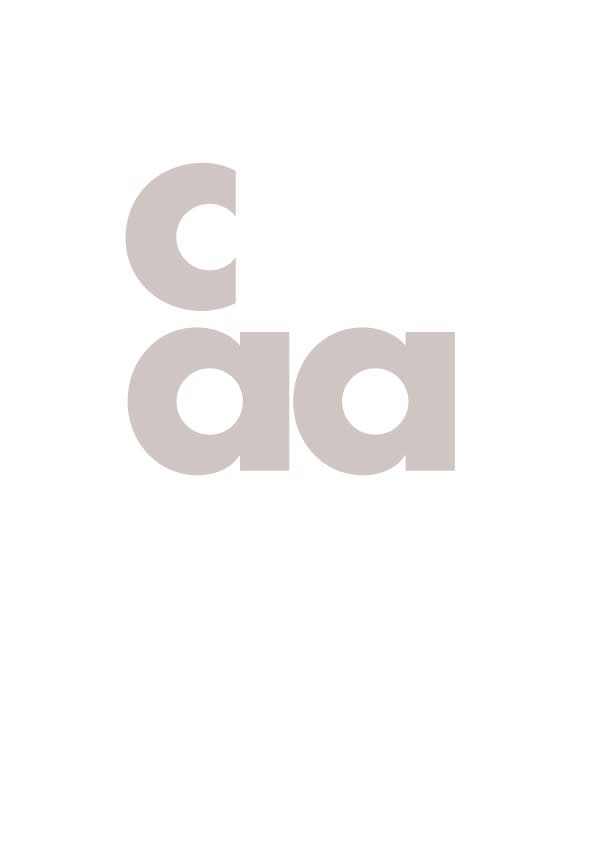Growing up in communist Poland, Ania everyday life was underpinned and surrounded by stark, grey concrete structures – brutal, imposing, but unavoidable.
This architecture was raw, substantial, and woven into the history and fabric of the country and her upbringing.
Ania’s work finds its foundations in that world, drawing from the same rawness but seeking beauty in the simplicity of form and function. It’s an aesthetic born of opposites, where darkness meets light, rough meets smooth, and drabness conceals drama.
Ania has been drawn to ceramics because of its primary quality. It has accompanied humans for thousands of years. It has been an essential part of our civilisations, history and culture right from the start.
There is a sense of magic in being part of that cycle. And whilst everyday making happens in relative isolation, this is a strong anchor and connection that drives her and her work.
Looking at ancient ceramics of China, Japan or the Middle East she is constantly astonished to find, if not exactly the same shapes and patterns, then hints of what we make today. As if there is a collective creative memory passing on through
generations. In her work she aims to connect and marry all of the above threads. Ania draws and often search for inspirations from the past to interpret them into today. She is interested in exploring how restrictions and limitations can inspire. Reducing the colours and materials to push creativity, the tension between surface and form, the ordered and the organic.
Simplicity, minimalism, and tactility are important aspects of my aesthetics. From a distance, Ania's work can appear quiet. It is only when one gets closer, when one touches and holds her pieces that they get to see the detail, feel the texture, experience the surfaces.



